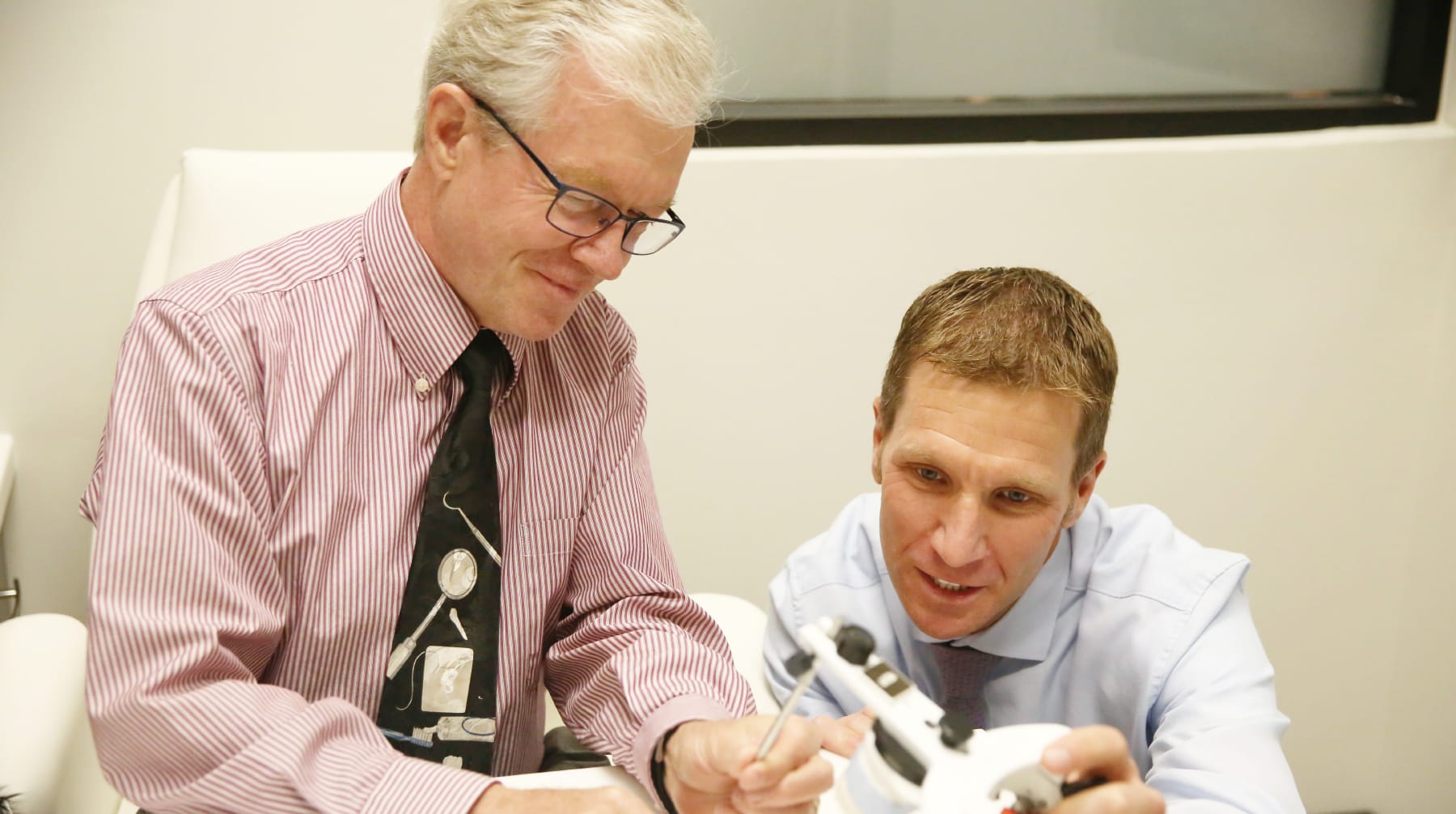
Some people cringe with fear just by thinking about getting their teeth cleaned. So, the thought of getting actual dental work can be the stress of a lifetime. Many people would rather endure the pain of a serious toothache, than to even step a single foot into their local dental office.
And, it’s people like these who are the true inspiration for sedation dentistry. Going under sedation during dental procedures helps to eliminate anxiety for some dental patients. Dental offices that specialize in sedation dentistry use it for everything from simple teeth cleanings to major invasive procedures. The severity of the patient’s fear determines just how the sedation is used.
What is Sedation Dentistry?
With sedation dentistry, medication is used to help you relax throughout your dental procedure. Although it’s also known as sleep dentistry, you’re not actually sleep at all, in most cases. Here are the different levels of sedation, and how they affect patients during use:
- Minimal sedation – Completely relaxed, yet wide awake
- Moderate sedation – The new name for conscious sedation, your words may be a bit slurred, and you’ll have limited memory of the procedure
- Deep sedation – On the edge of drifting off into unconsciousness, but still able to be awakened
- General anesthesia – Out like a light, completely unconscious
4 Different Types of Dental Sedation
There’s more than one type of sedation used by dental experts. These four types of dental sedation are very safe highly effective for relieving anxiety during dental procedures:
1. Nitrous Oxide – Minimal
This odorless, colorless gas relaxes dental patients. However, it’s not an anesthetic. So, your dentist will have to give you a local anesthetic to go with the nitrous oxide for it to be effective. You’ll experience a very relaxing, euphoric feeling. With this sedation method, the medication stops working as soon as it stops being administered. So, you can drive yourself home safely afterward.
2. Oral Sedation – Moderate
For moderate stress, dentists use moderate sedation. All you have to do is take a pill to help you relax, generally something like a Valium, about one hour before your scheduled appointment. If the anxiety is more severe, oral sedation can be safely combined with nitrous oxide. This pill has a very relaxing effect, so you won’t be able to drive after your dental procedure.
3. IV Sedation – Deep
Intravenous sedation, also known as IV sedation, is the strongest and most effective means of relaxing a dental patient. You receive a drug through an IV in your arm. This causes the medication to get directly into your bloodstream, quickly, causing you to relax. Although you don’t go into unconsciousness, you probably won’t remember much of what happened while under the medication.
This form of dental sedation requires constant monitoring during use. It’s important to ensure that you’re full relaxed during the procedure, while monitoring vitals.
4. General Anesthesia
For the most severe cases of anxiety, there’s general anesthesia. You’ll be completely unconscious, in a really deep sleep throughout the entire procedure. With this sedation method, you’re not easily awakened, and the anesthesia must wear off over time. So, it’s very, very unsafe to attempt to drive yourself home from your dental appointment after receiving general anesthesia.
Sedation Dentistry in St. George, Utah
You don’t have to deal with anxiety during your dental exams and procedures. There are various types of dental sedation methods to help you relax until the work is all done.
Just make sure the dentist you choose is qualified and trained to use sedation dentistry, like Riverside Dental Care of St. George, Utah. Contact Riverside Dental Care to schedule your painless dental care appointment today.






 (435) 656-4441
(435) 656-4441 826 S 3000 E Ste 2
826 S 3000 E Ste 2
Leave a Reply